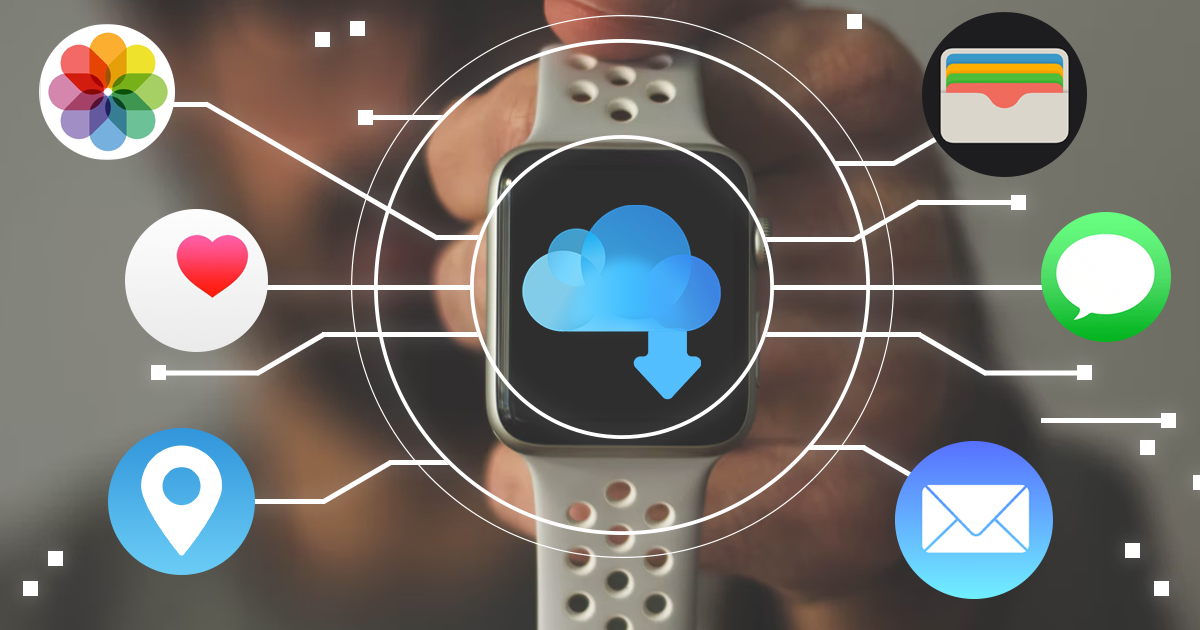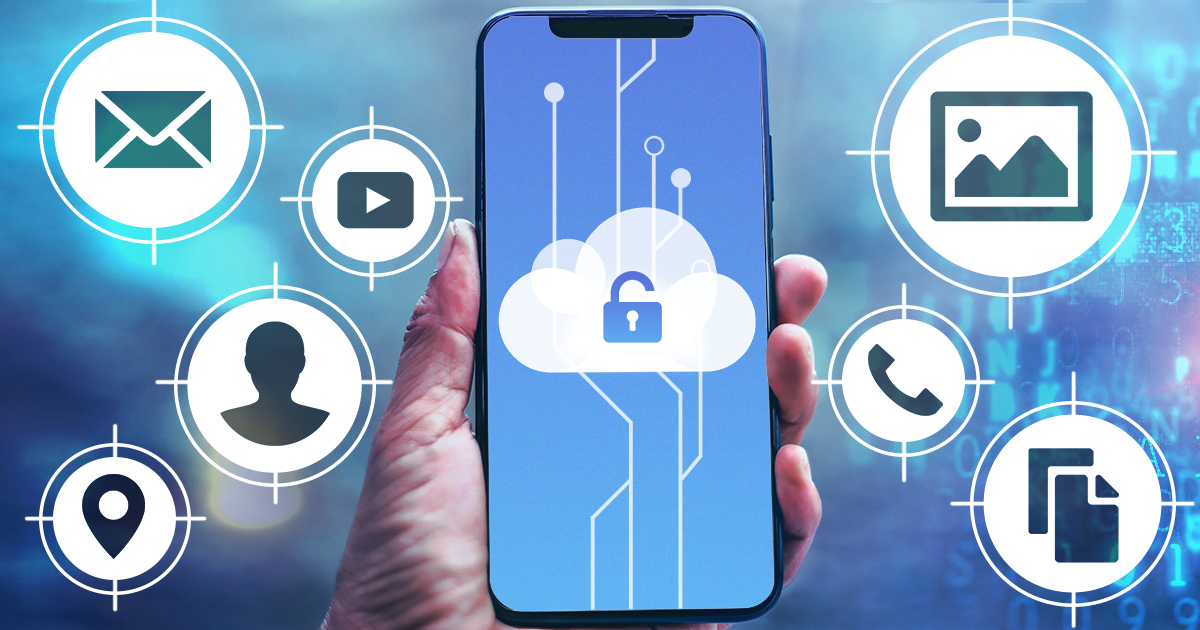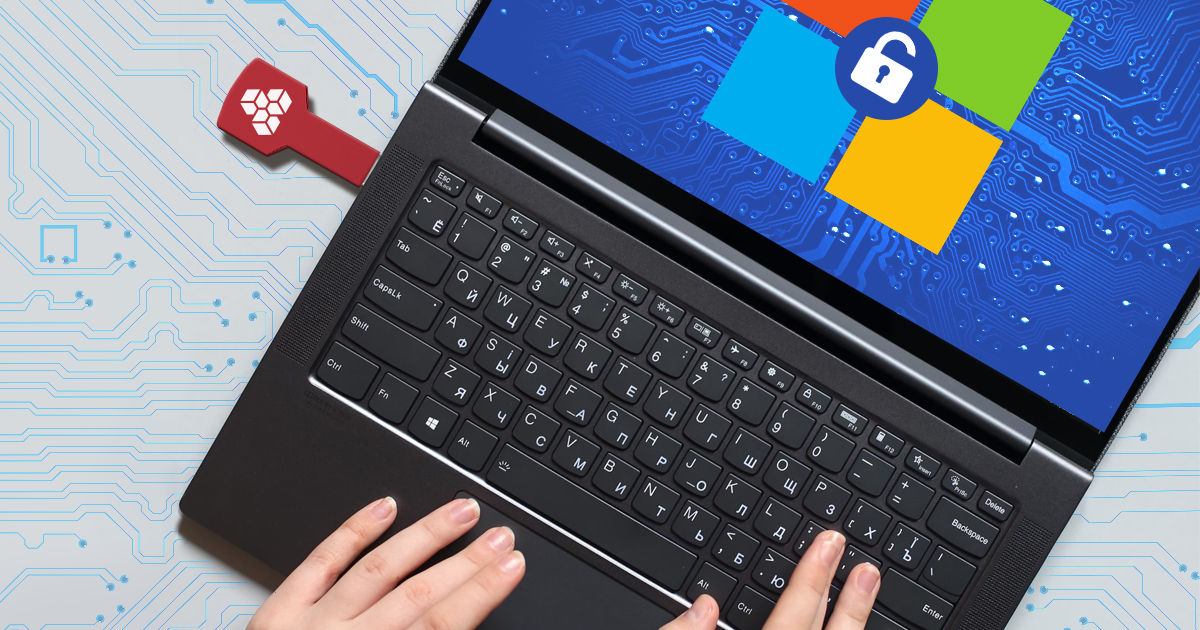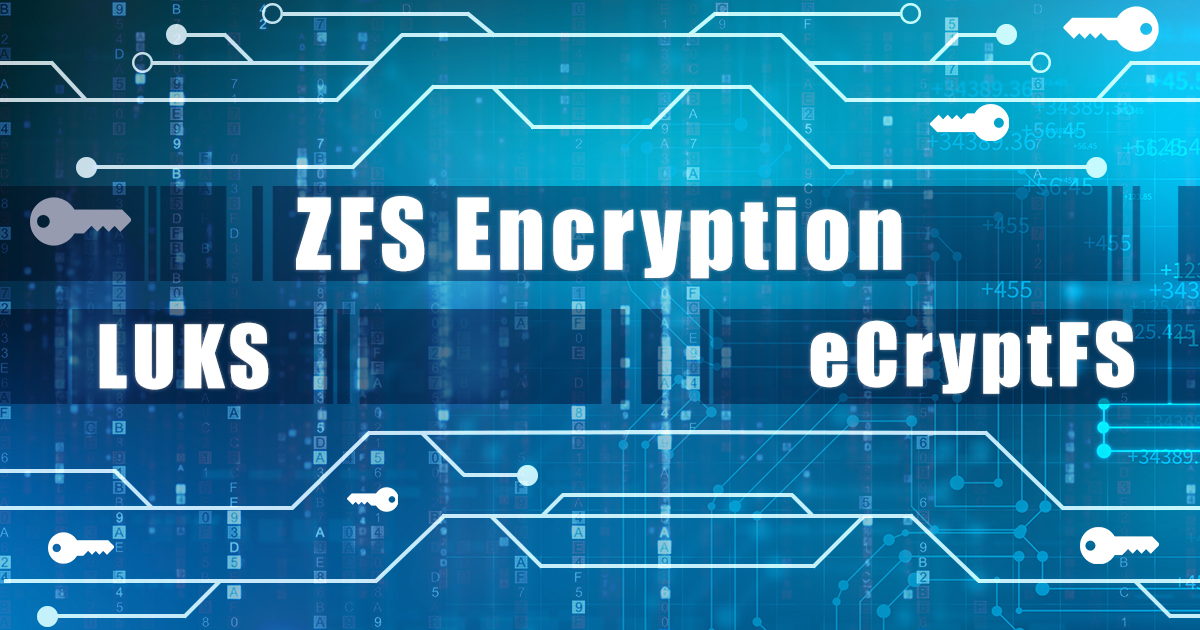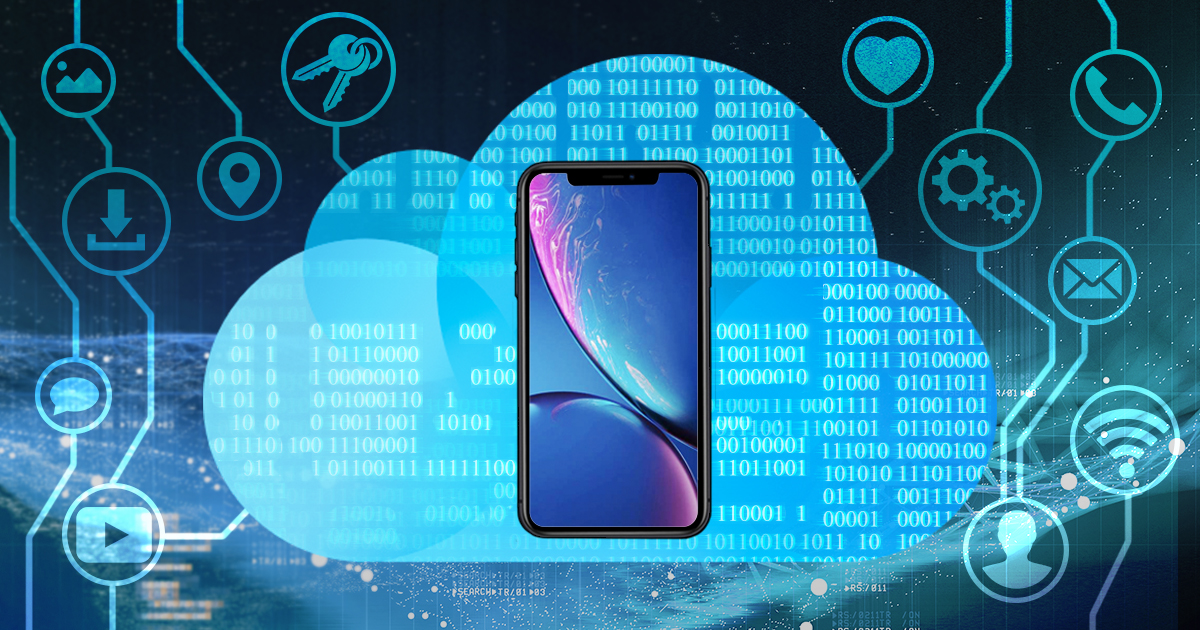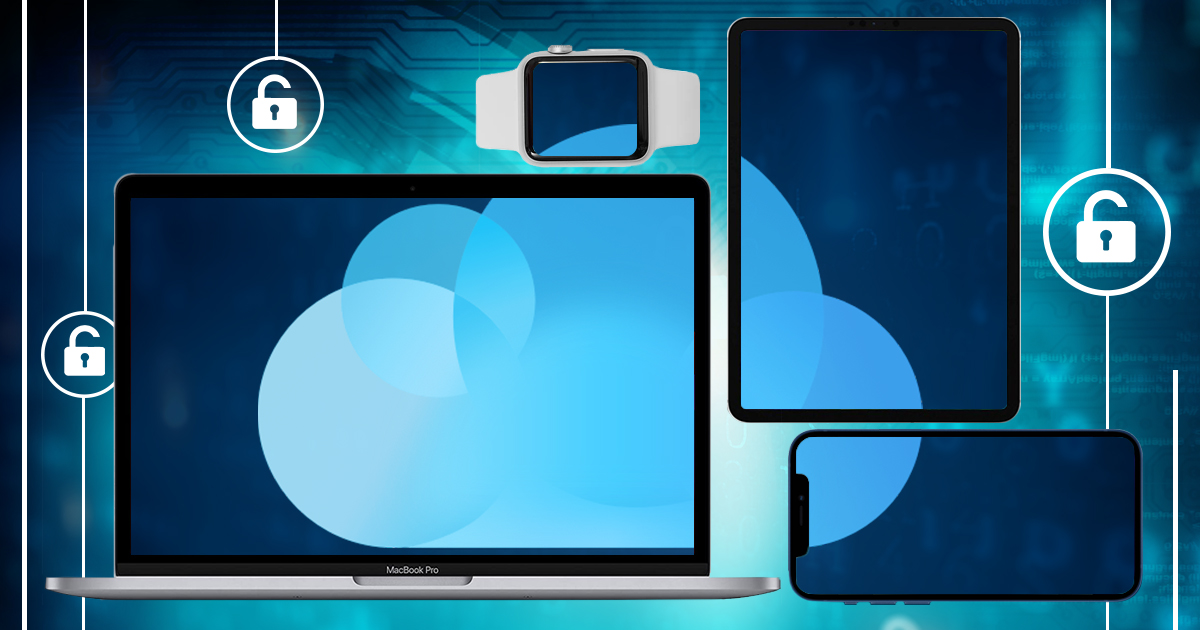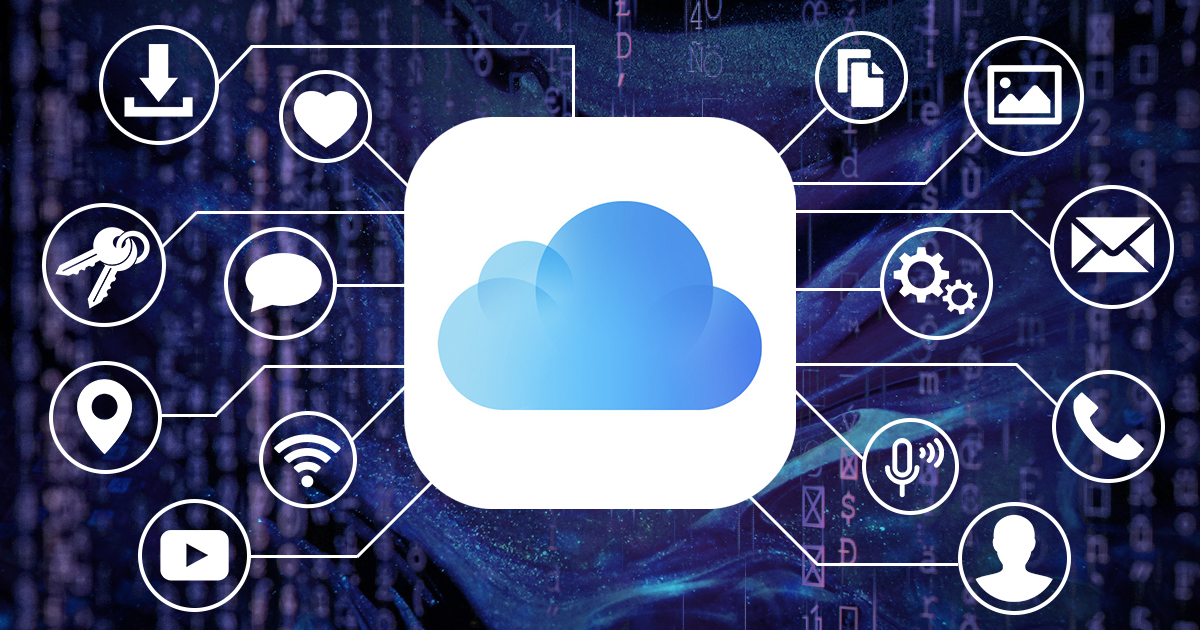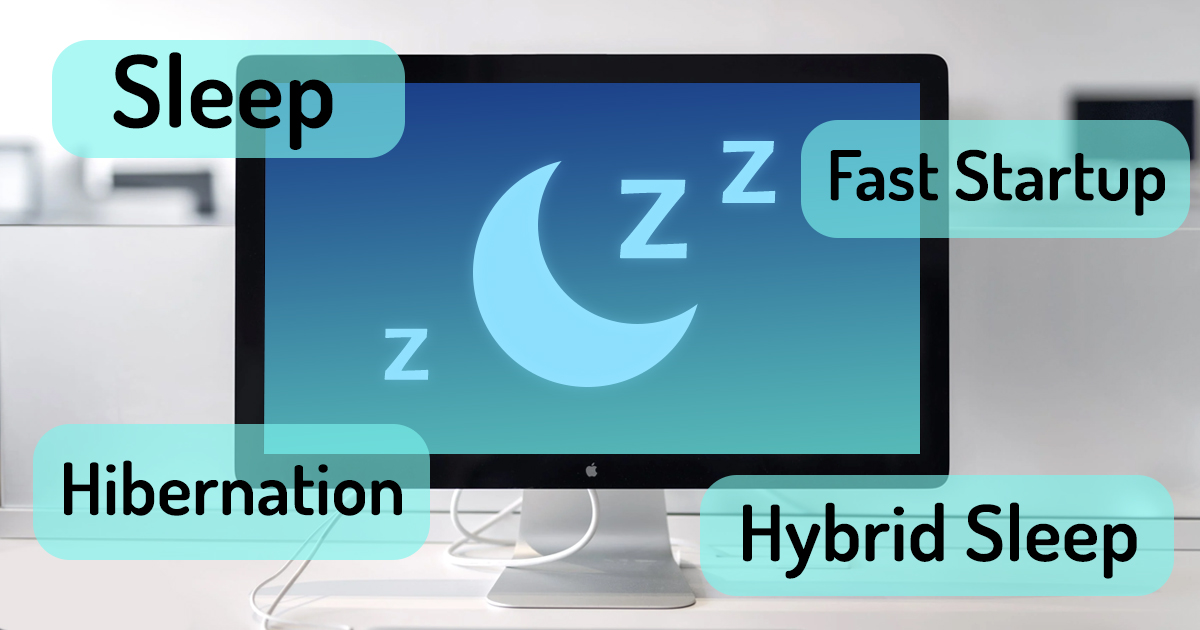November 27th, 2025 by Oleg Afonin
Eighteen years ago, before “GPU acceleration” and “AI data center” became household terms, a small hi-tech company changed the rules of cryptography. In 2007, we unveiled a radical idea – using the untapped power of graphics processors to recover passwords, which coincided with the release of video cards capable of performing fixed-point calculations. What began as an experiment would soon redefine performance computing across nearly every field.
Read the rest of this entry »


